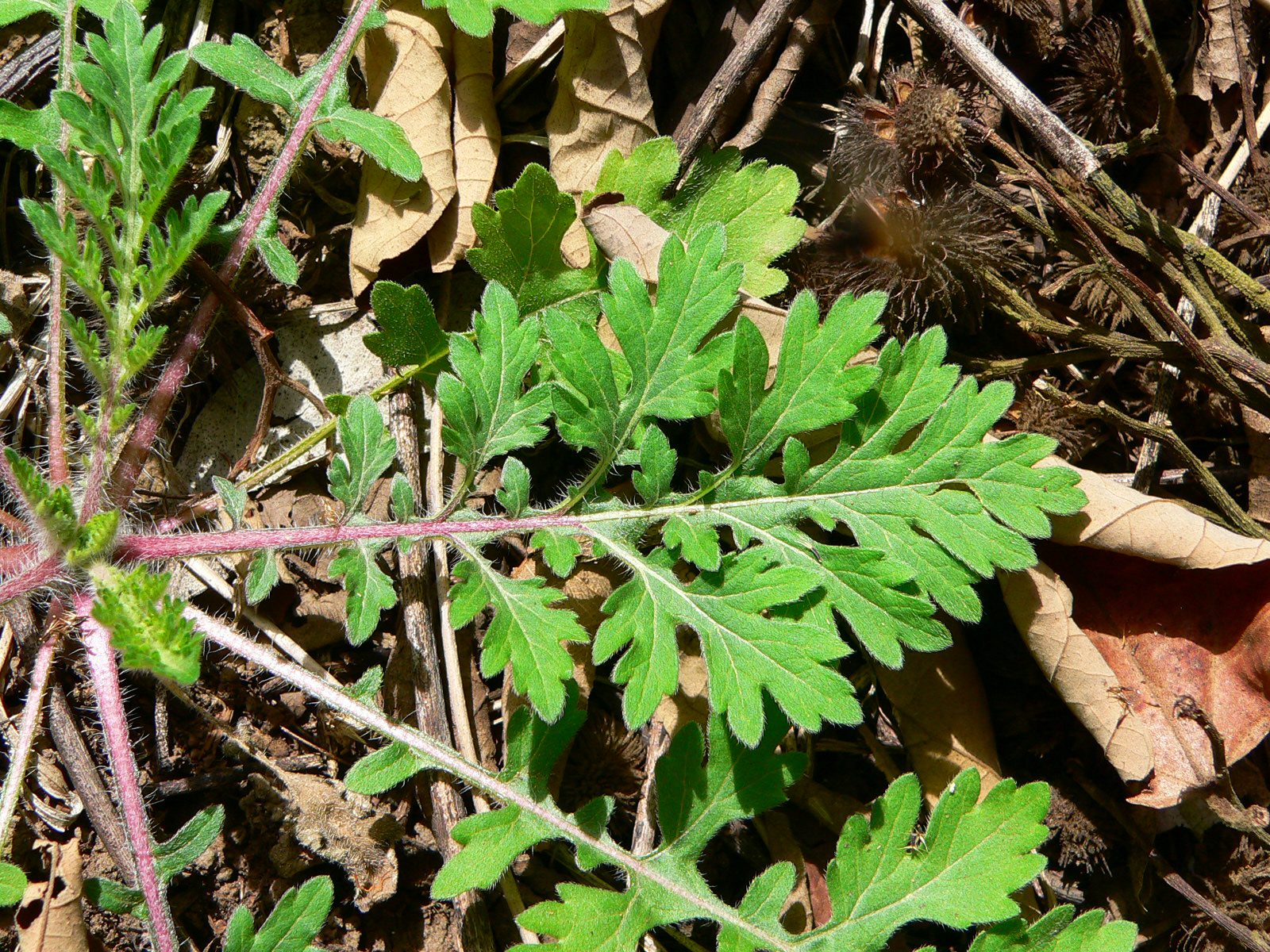Parthenium weed
Parthenium hysterophorus, Fam. Asteraceae






An erect much-branched vigorous annual herb to 2m, becoming woody with age.
| Weed Category: |
Restricted invasive plants Category 3 Plants declared invasive under the Biosecurity Act 2014, that are present in QLD.
Not to be distributed or disposed of.
 Thirty-two WONS (Weeds of National Significance) have been identified because of their impact on primary production and the environment, potential for spread and socioeconomic impacts.
|
| Weed: | Yes |
| Form or habit: | Herb |
| Family: | Asteraceae |
| Leaf: | Simple Alternate Simple, initially in rosettes, deeply dissected, up to 200 x 120mm, becoming alternate less dissected and decreasing in size above, pale-green, covered with fine soft hairs. |
| Flower conspicuous: | Inconspicuous |
| Flower colour: |
White, Cream |
| Flower description: | Tiny creamy-white flowers in numerous distinctly 5-cornered heads about 4mm across, borne on large open branched terminal sprays. |
| Fruit conspicuous: | Inconspicuous |
| Fruit colour: |
Black |
| Fruit: | Dry |
| Fruit description: | 'Seeds’ black, wedge-shaped, 4-5 per head, approximately 2mm long, with 2 thin white spoon-shaped appendages. |
| Habitat: | |
| Distribution | |
| Food source for: | |
| Toxicity: | Potential allergen, toxic or irritant to domestic pets |
| Origin: | Subtropical North and South America |
| Notes: | Spread by: wind, water; contaminated soil via vehicles, machinery, stock, animals; contaminated stock feed or harvested material. Invades/threats: pastures; disturbed areas along roadsides, heavily stocked areas around yards and watering points; creek beds and banks and remnant open vegetation. Notes: found mainly in areas of with 500-800mm annual rainfall but periodic outbreaks across the region, perhaps from vehicle movement from drier western catchments. Anecdotal evidence indicates that these are increasing. Moderate infestations occur in the O’Connell/Andromache River catchments. Flowers by 3 weeks of age, produces 1,000’s of seeds, outcompetes and inhibits growth of other plants. Contact with plant or pollen can cause dermatitis and hay fever in humans, and allergic skin reactions in livestock. Any sighting should be reported so that appropriate control measures are undertaken. Category 3 restricted invasive plant under the Biosecurity Act 2014, it must not be given away, sold, or released into the environment without a permit. The Act requires everyone to take all reasonable and practical steps to minimise the risks associated with invasive plants and animals under their control. This is called a general biosecurity obligation (GBO). |
| Information sources: | Mackay Regional Pest Management Group (2018) Weeds of the Mackay Whitsunday Region Second Edition. |



